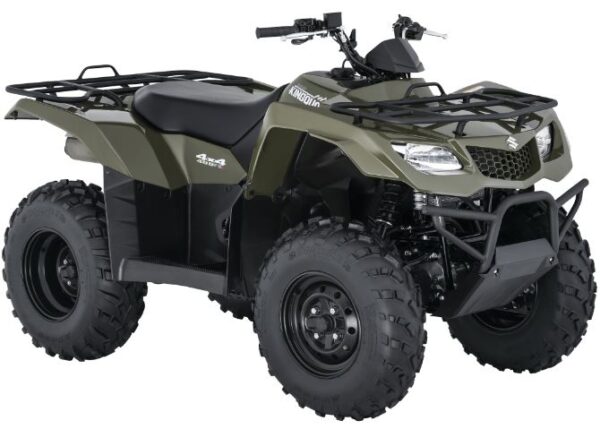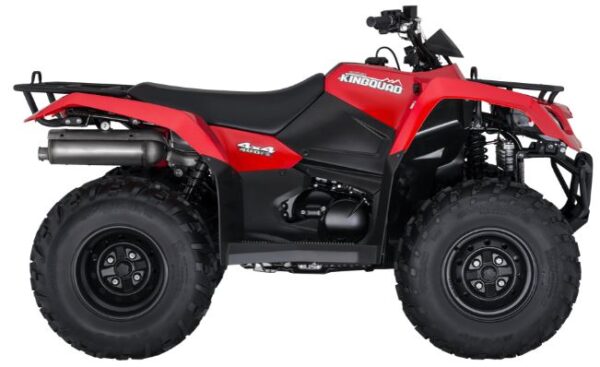Everyone has a different reason for working out. Some want to accomplish performance goals, others want to build enough muscle to make their shirtsleeves bulge. But on some level, just about everyone trains to be healthier—and that means they're working up a sweat and burning through fat.
You should have more than just aesthetics in mind when you set out to shed body fat. Healthy people come in all shapes and sizes, but not all fat is the same. If you carry more fat in your belly, you might be more at risk of dangerous health conditions than others. That's because belly fat, a.k.a. visceral fat, is a metabolically active tissue that can cause your body harm. Getting rid of that is more than just a vanity project, so you're going to need to put in the work with the right moves.
Men's Health Subscription
Likewise, not every fat burning workout is created equal. When many trainers think of exercises to torch through fat, they tend to focus on intensive metabolic moves—think high energy moves like burpees, slams, battle ropes, and the like. That's not necessarily wrong. But there are other exercises that can work, too. Heavy loaded multi-joint movements like squats and deadlifts challenge multiple muscle groups, which both helps you to build more muscle and expend more energy, burning fat.
Add these fat burning exercises to your training plan to get on the right path. Just remember, you can't outwork a bad diet, and you'll struggle to burn fat if you're not in a caloric deficit—so focus on improving your habits in the kitchen, too.
This content is imported from {embed-name}. You may be able to find the same content in another format, or you may be able to find more information, at their web site.
The Best Fat Burning Exercises
Burpee
The classic go-to fat burner for trainers, burpees are almost a rite of passage for just about anyone looking to break a sweat. You'll drop to the floor, push back up, and jump for one rep, then keep working.
Just make sure you don't overdo burpees. Stick with sets of 10 at a time at most to start, and if you have any upper body issues, try these scaled variations.
Jumping Rope
If you think jump ropes are only for kids on the playground, you don't know skip. The most basic piece of equipment in the gym gives you a full body workout with a ton of fat burning potential.
Start off by perfecting your speed skipping form for short periods, two minutes at most. Once you master the basics, there's a whole world of jump rope moves and workouts open to you. Try out some high intensity interval (HIIT) routines with the rope and jump into even more fat torching benefits .
Med Ball Slams
Med ball slams are the perfect exercise for your crappiest days.
You're not just burning fat here—burn away stress, anger, boredom, or whatever else is bothering you as you smash the ball into the ground as hard as humanly possible.
Use your entire body for the move, raising the ball above your head and rising up on your toes, then using your core, hips, and arms to slam it back down. Catch the ball as it bounces back to your chest and repeat.
Just make sure to keep your body under control, since there's no need to make your day worse with bad form.
Back Squat
Heavy loaded back squats are a cornerstone of weight room workouts for a reason: there are few more reliable methods of building lower body strength. But the compound exercise is also a fat burner, since you're engaging multiple major muscle groups and expending lots of energy to move the weight.
Make sure that you stay smart when you squat. For maximum fat-burning potential, employ proper form by engaging your core, hitting an appropriate depth for your own mobility (to parallel or just below), and working slowly through each rep.
Dumbbell Snatch
Pare down technically challenging Olympic lifts to dumbbell movements like the snatch to challenge your coordination, build strength, and of course, burn fat. You'll also hone explosion and athleticism while keeping your shoulders safe.
The name of the game here is triple extension—the process of extending and straightening your ankles, knees, and hips. Focus on the three component parts of the exercise: pulling the weight off the ground, exploding through the hips to raise it up, then punching the dumbbell overhead and landing underneath.
Deadlift
Another big, bad, heavy lift that doubles as a fat burner is the deadlift. The multi-joint exercise gets the whole body involved, particularly the posterior chain and lower body, and the effort it takes to move the weight off the floor kick starts your metabolism.
You'll get the most benefits from deadlifts if you're performing the exercise with big loads the right way. That means you engage your core to help stabilize your spine, you use your glutes and hamstrings to power the weight off the floor, and you're moving slowly and deliberately through each rep.
Kettlebell Swing
Swings are a super versatile exercise that can build lower body size and strength as you incinerate fat. The key is using your hips to drive the movement—your arms are only there to hold the handle of the weight.
Make sure that you're still in the right position when you swing. You shouldn't be squatting and raising the weight; instead, keep your knees slightly bent, hinge at the hips, and keep your head in a neutral position to keep your spine aligned properly.
Farmer's Carry
Loaded carries are so simple that the exercise might seem too obvious to be an effective fat burner—but anyone who has been forced to lug a set of dumbbells or even a heavy load of groceries for a long walk can attest to how quickly the weight becomes a burden.
Posture is key here—grip your handles tightly, engage your glutes and core, draw your ribcage in, keep your gaze ahead, and make sure that you don't allow your shoulders to slouch forward as you step.
Battle Ropes
Battle ropes are an implement that have become infamous thanks to the high-intensity workouts for which they're often employed. The routines challenge you to use your whole body to swing, slam, and shake the implements while squatting, lunging, and jumping—so you're going to ramp up your heart rate and burn through fat.
Crawls
Crawls are another simple, deceptive means to hone your strength, mobility, and athleticism while burning fat. The movements are so effective because you're getting your whole body involved.
Like some of the other exercises on this list, crawls are only truly effective when your spine in a safe, neutral position. Focus on bracing your core and moving with a purpose—a bear crawl should never be a brainless gallup for speed if you actually want to reap the benefits.
Walking Lunge
The lunge is a gold standard leg exercise that challenges you unilaterally—you'll work just about every muscle in your leg, and once you get walking, you'll up your heart rate, too.
Keep posture a priority as you lunge, especially if you load up the exercise with weight. You'll get more out of the movement by engaging your core, keeping your chest up and your gaze forward, and driving up into the next step. If you're low on space, try alternating reverse lunges.
Dumbbell Thruster
Thrusters with barbells are a CrossFit staple for challenging WODs, but you can use dumbbells to make the exercise work for your fat burning goals.
The move has multiple components, so make sure that you're doing everything properly. You're essentially combining a front squat with a push press—for the best results, emphasize the depth in the squat, then explode up to drive through the top of the press.
Mountain Climbers
This exercise should be familiar to anyone who's taken a HIIT class, for good reason. Mountain climbers are a solid method to push your heart rate up while honing your abs and athleticism, too.
Keep your posture on point to make the most of the mountain climber. Think of the plank position as important as the knee drive—that means you're squeezing your abs and glutes even while you're pumping away with your legs.
Brett Williams, NASM Brett Williams, a fitness editor at Men's Health, is a NASM-CPT certified trainer and former pro football player and tech reporter who splits his workout time between strength and conditioning training, martial arts, and running.
This content is created and maintained by a third party, and imported onto this page to help users provide their email addresses. You may be able to find more information about this and similar content at piano.io
![]()






























